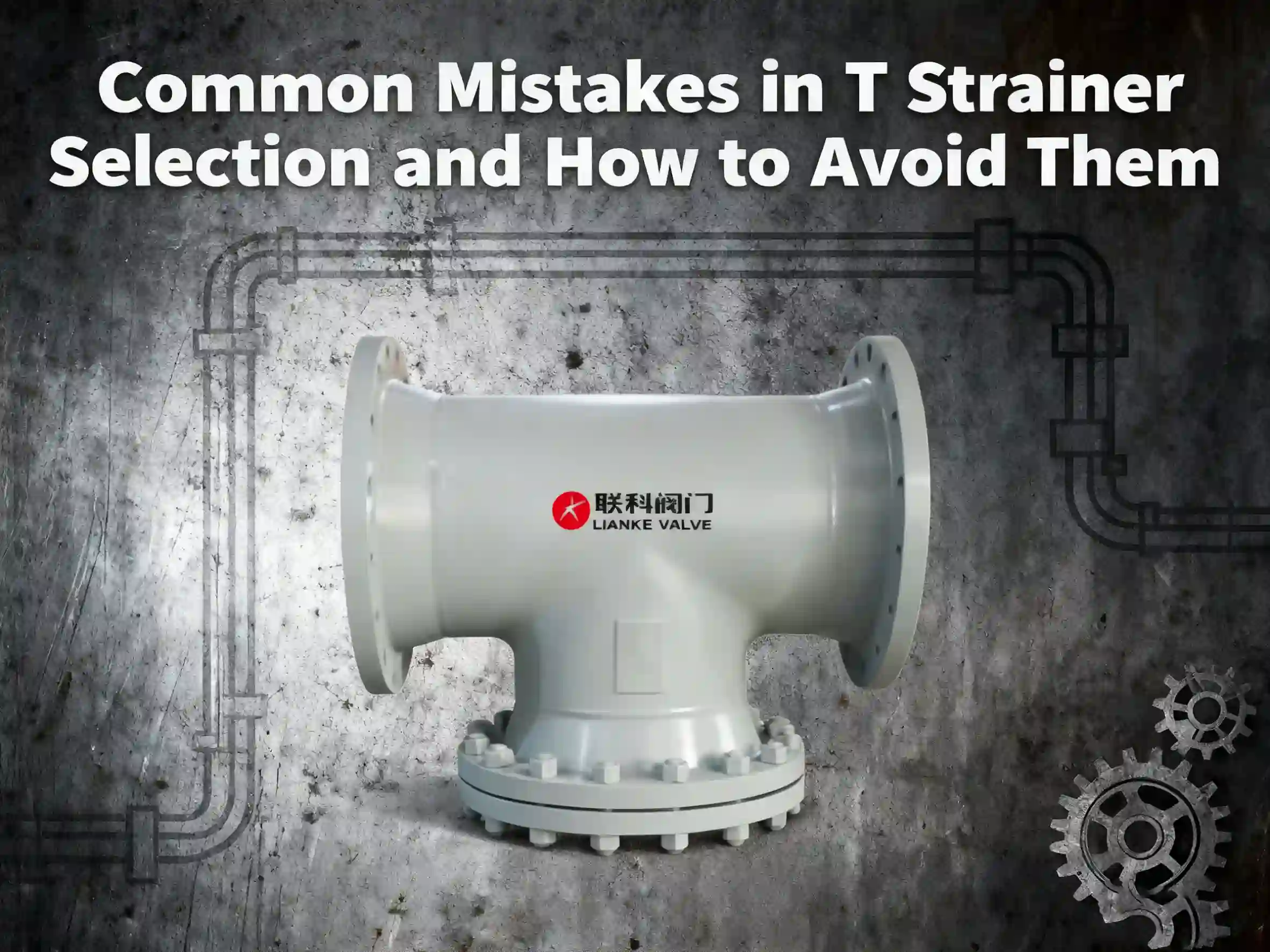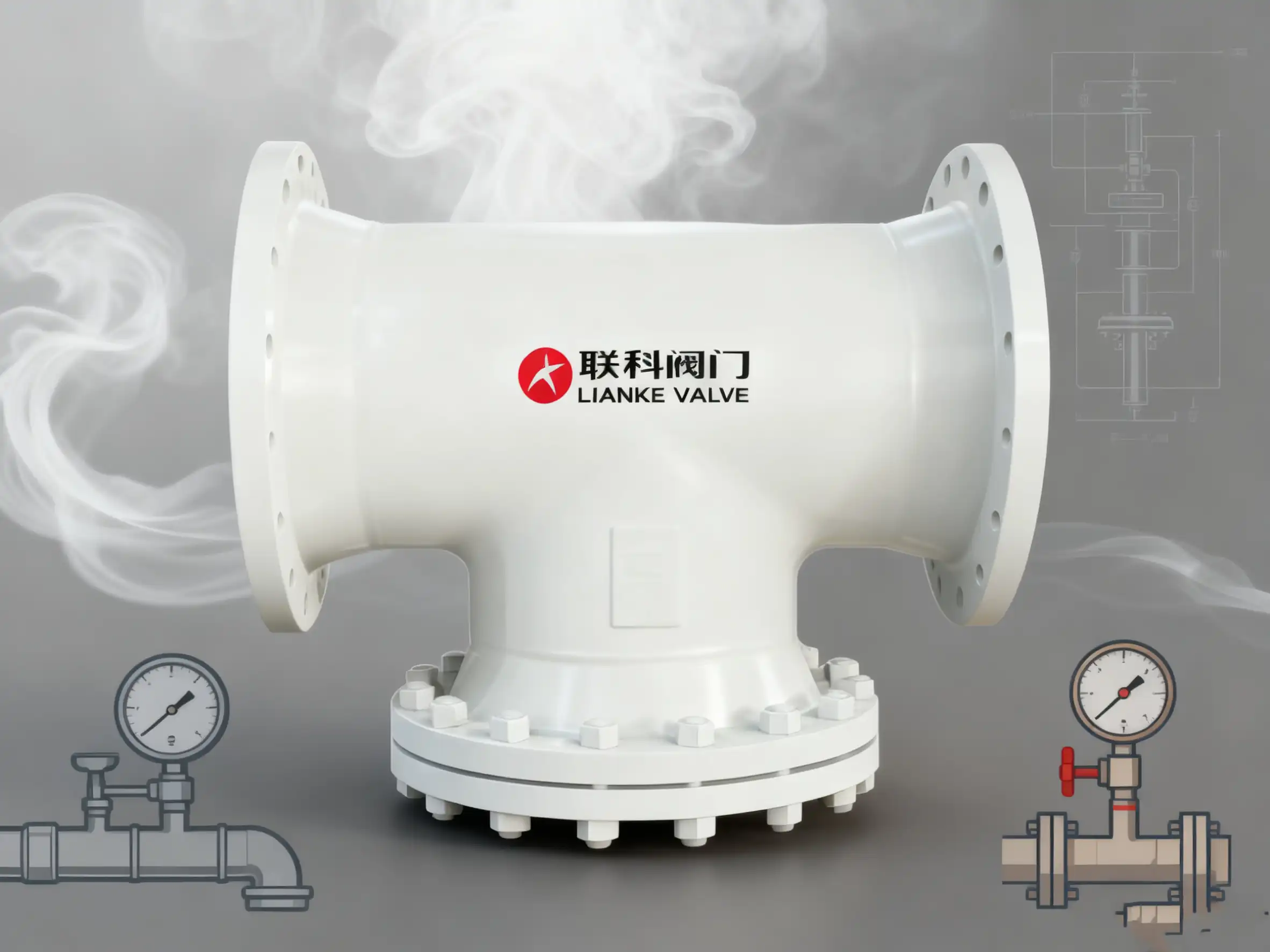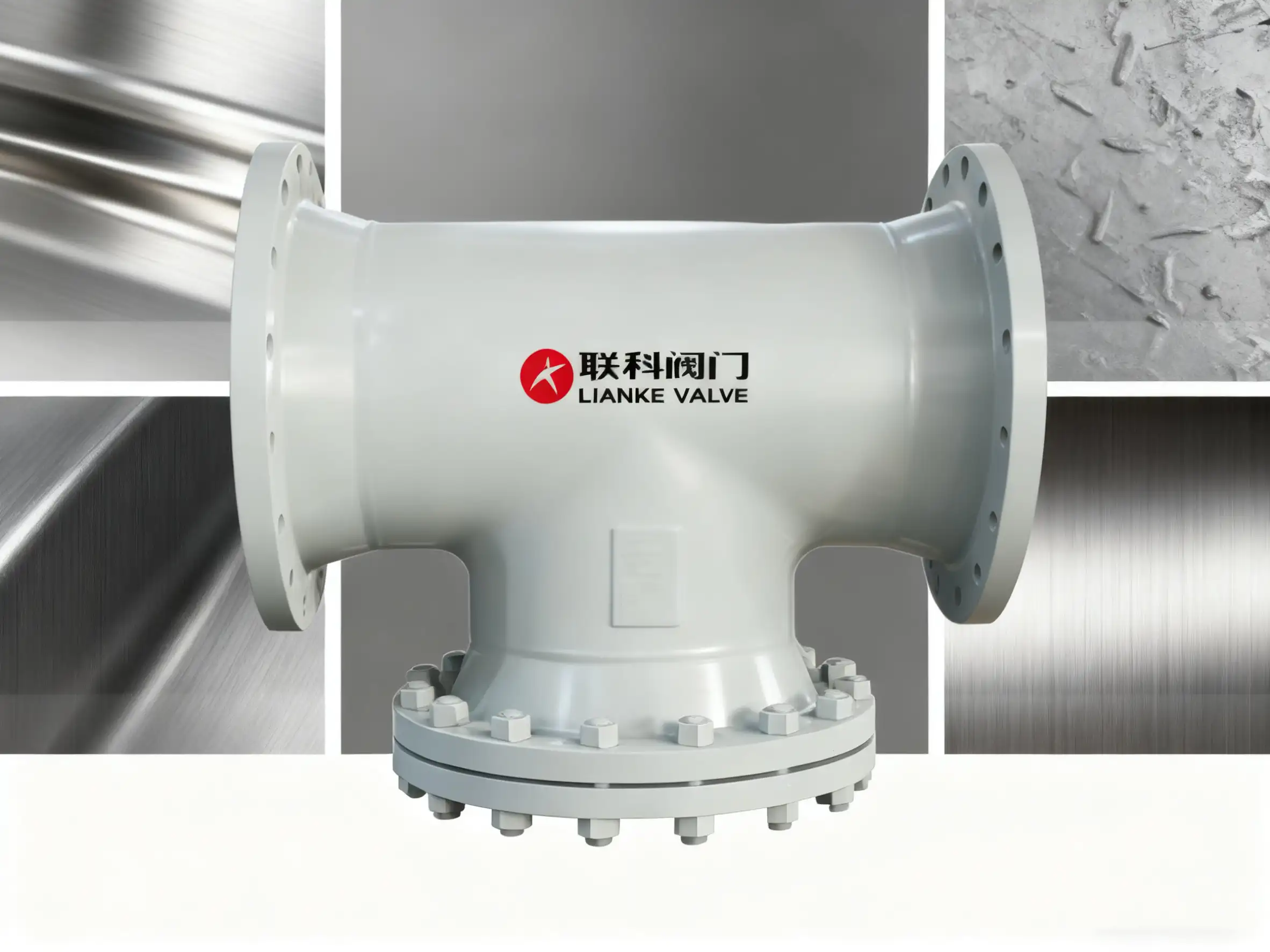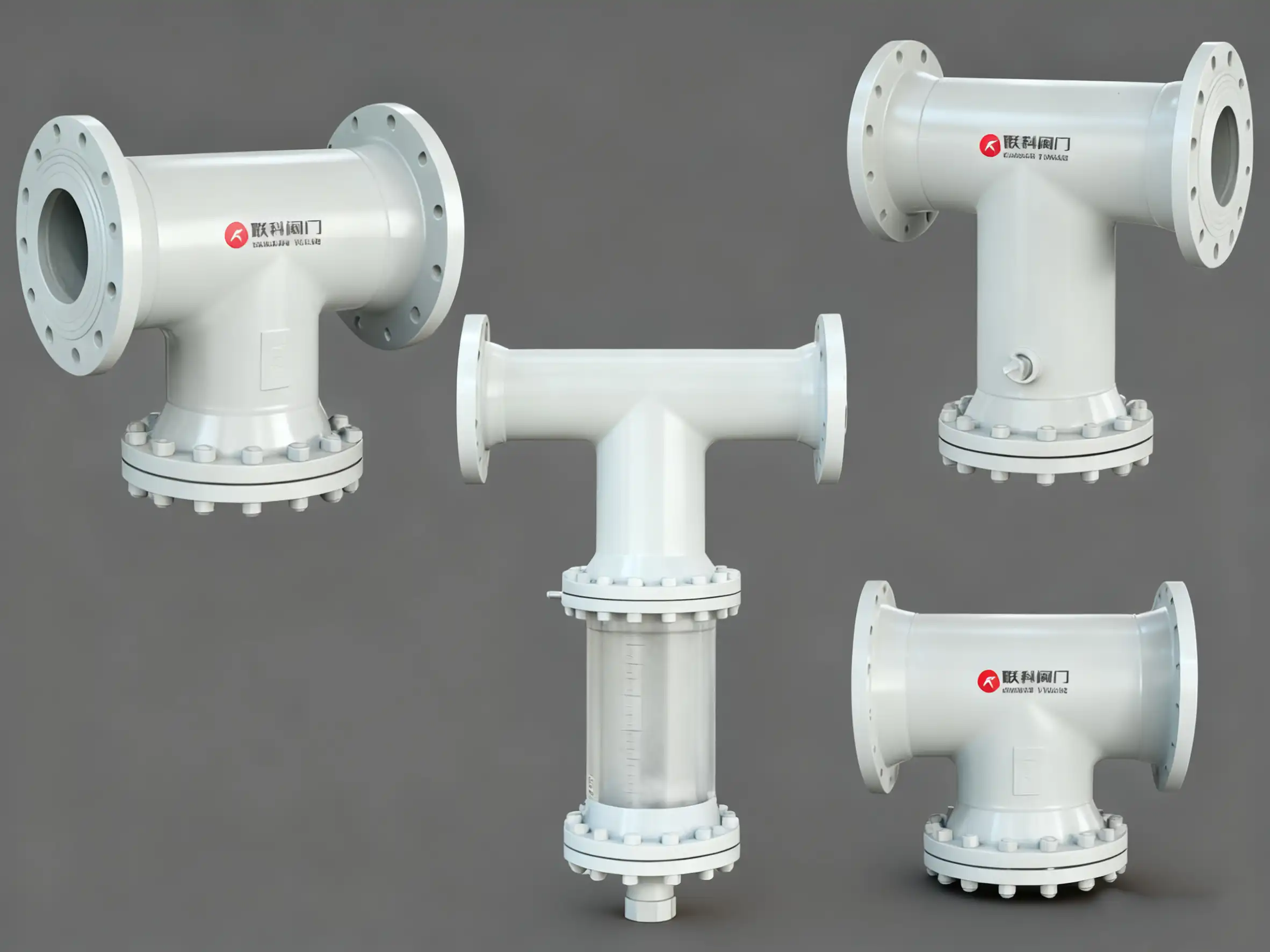

When choosing an industrial filter system, consider factors such as contaminant characteristics, operating conditions, chemical compatibility, housing configuration, and maintenance requirements. These determine whether your filtration system will protect your equipment effectively or create expensive problems down the line.
Below, we take a closer look at each factor and how they impact your purchase decision.
The first question to answer is simple: what are you trying to filter out?
Particle size, measured in microns, determines which filter can effectively capture your contaminants. Beach sand ranges from 300-600 microns, while fine dust might be under 10 microns.
Don’t automatically choose the smallest micron rating “just to be safe.” Smaller ratings clog faster, creating pressure drops and system stress. The application of filtration in industry works best when filters match your actual contaminant profile.
Temperature and pressure requirements immediately narrow your options. If your system runs above 140°F, you’ll likely need metal rather than plastic housings. Similarly, your filter must handle your system’s flow rate and pressure.
A filter rated for 100 GPM will fail in a 200 GPM system. This mismatch creates dangerous pressure spikes, inadequate filtration, and potential housing failure. The right industrial filter system matches your actual operating parameters.
Chemical compatibility isn’t negotiable. When filter materials aren’t compatible with your process fluids, they degrade and fail. This allows contaminants to pass through or even introduces new problems from the deteriorating filter.
Material handling equipment filtration systems often face challenging chemical environments. Always check compatibility charts when working with acids, caustics, or solvents. The right material makes the difference between years of service and immediate failure.
Your filtration housing must fit your available space while meeting flow and maintenance requirements. Consider whether vertical or horizontal orientation works better for your facility.
The industrial filter might need specific inlet/outlet configurations or special maintenance access. Single cartridge, multi-cartridge, bag filters, or strainers each offer advantages depending on your needs.
For applications requiring continuous operation, consider our selection of industrial strainers, which includes duplex configurations that allow maintenance without system shutdown. These provide reliable filtration while maintaining continuous operation.
Even perfect filters become problems if maintenance is difficult. Consider how often filters need servicing and whether your staff can easily access them.
Self-cleaning systems work well for hard-to-reach locations but cost more initially. Standard filters cost less upfront but require regular manual servicing. Easy access encourages proper maintenance, while difficult access often leads to neglected filters and system problems.
The application of filtration in industry works best when maintenance requirements align with your operational resources and capabilities. Consider both immediate needs and long-term maintenance when selecting your system.
Reliable filtration to protect valves and pipelines — Y, T, basket, and duplex types available.
Explore Strainers
Different industries face unique challenges that influence filtration system selection. The application of filtration in industry varies significantly based on process demands and product requirements.
For example:
You also need regulatory compliance that matches your industry’s standards. Some of the most common requirements include:
Use this practical checklist to ensure you’ve considered all critical factors before selecting your industrial filter system:
Process Requirements
Installation Factors
Maintenance Needs
Performance Requirements
Working through this list helps you identify exactly what your industrial filter system needs to do. This prevents surprises later on that could cost you time and money.
By carefully evaluating these factors for your specific situation, you’ll select an industrial filter system that delivers value for your investment.
Remember that filtration requirements can change as processes evolve. Choose a supplier who provides technical support and can help you adapt your filtration strategy as needs change.
The right partner will help you navigate selection challenges and optimize system performance throughout its operational life.

A T type strainer may seem like a simple filtration device, but making a bad choice when getting one might just throw your system off balance. Even a small oversight in selection can lead to pressure drops or premature equipment wear. Steer clear of these mistakes, and your system will run smoother and last longer. […]

A T type strainer is a reliable equipment used to safeguard steam and high-pressure systems. Filtering out unwanted particles before they reach critical equipment helps maintain stable and efficient operation. Knowing when to install a T type strainer and how to choose and set it up correctly can make all the difference in preventing costly […]

A T type strainer is an effective equipment used in various industries to keep fluid systems free of contamination and component wear. However, not all strainers are made of the same material, which can determine how well they perform. This guide explains the materials from which T-type strainers are made, as this is vital to […]

A T type strainer plays a vital role in ensuring that fluid systems and pipelines stay free of debris that can damage their operations. This article provides an overview of its everyday applications and variants, explaining why it’s essential across various industries. What is a T Type Strainer? A T type strainer focuses on filtration. […]



